In the best tradition of DIY audio, this author's modifications significantly upgrade a proven preamp design.
I modified my Adcom GFP-555 in a manner similar to Gary Galo's GFP-565 project in his series of articles in audioXpress 1-5. I did not do a "purist" upgrade like Gary--I kept the tone controls, which now supply a new set of output jacks, and all the available inputs but with an upgrade to gold jacks. I changed the tone control op amp from the original NJM2041 to the OPA2604. The LAB and NORM outputs are now both DC-coupled. I also removed the headphone amplifier, which was a mediocre design with an NJM4556 op amp, so I decided to save the available watts for the new AD744/ AD810 output stage, which draws a lot of current. The GFP-555 has even higher gain (22.5dB) than the 565, so the volume control wiper is well down at normal listening levels.
The lower 14dB gain of Gary's line stage was a welcome change. The AD744/AD811 line stage was a bit more difficult to install because the -555 does not have the dual-composite op amps that the -565 has. Victor Cam pos recalled that the -555 was probably designed by Nelson Pass before Victor arrived at Adcom.
While I did not use an external power supply, I did upgrade the power supply, changing to a 36V CT 2A secondary, with a copper flux band and steel end plates. I fit in the larger transformer by removing the line voltage selector switch and its extra wiring.

FIGURE 1: Block diagram comparing original with modification.
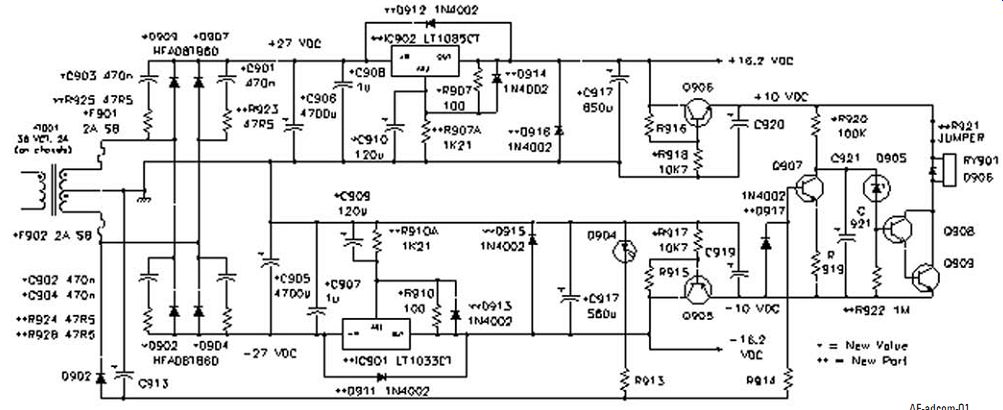
FIGURE 2: Power supply schematic.
I kept two of the existing plastic dual-dual phono jack modules, which make a desirable mechanical connection be tween the PC board and the rear panel.
These are the Tuner In/Tape 1 In pair and the Signal Processor In/Out pair.
The former two will be active, while the Processor pair will be strictly mechanical and bypassed with jumpers.
Parts cost for this upgrade was about $115, based on the parts list in Table 1.
I happened to have the GFP-555, but I recommend using the -565 if you are considering this type of upgrade. Follow Gary's articles for the purist version, but for a "less-than-purist" modification that retains the original I/O flexibility of the Adcom design, this article will provide guidelines.
I strongly suggest you obtain the ser vice manual, for the model of preamp you are modifying (readily available as reprints on eBay). I mapped all the PC board jumpers onto the schematic so I could replace them with discrete components where necessary. I must thank Gary Galo for his comments on my pro posed modifications; he was very helpful and provided some interesting insight into the Adcom preamp designs of that era.
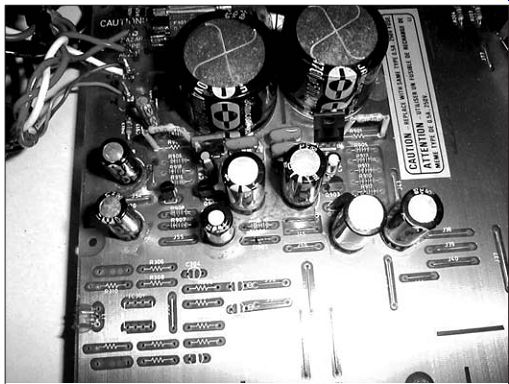
PHOTO 1: GFP-555 original power supply rear.
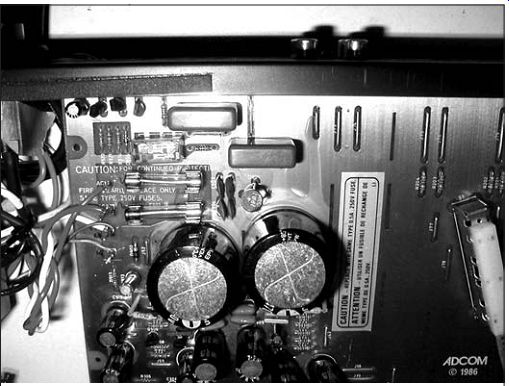
PHOTO 2: GFP-555 original power supply front.
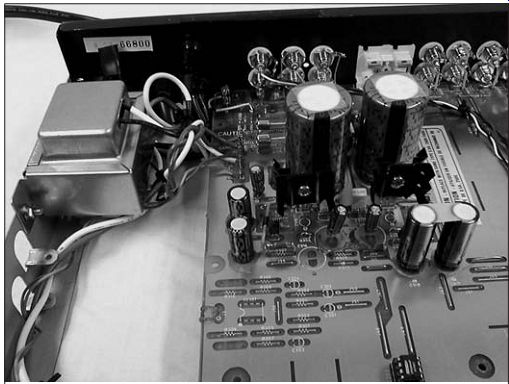
PHOTO 3: GFP-555 mod power supply rear.
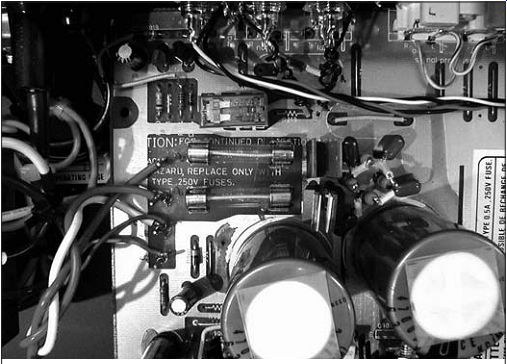
PHOTO 4: GFP-555 mod power supply front with new transformer.
MODIFICATIONS
Prior to making any modifications, I verified all the DC voltages shown on the schematic (it had sat unused for a few years), checked that all the controls and input/outputs were functional, gave the Adcom a listening session, and made a few measurements.
Figure 1 shows block diagrams for the original GFP-555 and for my modifications. In both cases the CD, Tuner, Tape 1, Tape 2, and Video/Aux inputs are processed through the Listening input selector switch, with the phono preamp section providing one of the in puts. There was also a separate Recording selector switch that coupled to the Tape 1 and Tape 2 tape loop jacks.
Audio signals proceed from the input switch to the Signal Processor I/O jacks, which are furnished with removable metal links. The next step is the Balance control, the Mono/Stereo switch, and the Volume control, which is equipped with a Contour switch to the tapped volume control that could select the loudness contour function for low listening levels. Finally, the selected audio signal was sent on to the active line stage.
The output of the line stage can then take a number of series paths. When the tone controls and filters are bypassed, the line stage is direct-coupled to the LAB output and capacitively-coupled to the NORM output. The headphone amp input receives this same signal. Three additional switches in the line output signal path allow selection of the tone controls-a Lo filter and/or a Hi filter.
The original phono preamp and line stage ICs had a house number, "5E," which Victor thought was an OP37.
This would make sense, because the OP37 is one of the few op amps whose maximum supply rail voltage was ±22V, and the Adcom schematic shows the 5E operating on ±21.5V rails. On the other hand, Gary observed that with the phono gain switch set to the lower gain position, the circuit does not satisfy the gain-of-5 stability requirement of the OP37, so maybe the "5E" was an OP27.
The modified block diagram at the bottom of Fig. 1 is essentially the same up to the output of the line stage. At this point the amplified signal takes two distinct paths. The first is direct-coupled to both the LAB and NORM output jacks.
The second path uses all the switched tone control and filter circuitry of the original unit, but goes to another set of output jacks that I added called Tone Out.
You can also see that I changed all the ICs to reflect improvements made over the intervening years. The phono preamp went from the 5E to an AD845.
I replaced the line stage 5E with the aforementioned AD744/AD811 composite amplifier. The NJM2041 tone control IC became an OPA2604. Finally, I removed the 4556 headphone amplifier and all its passive parts, although I left the jack in place on the front panel.
I tried unsuccessfully to fit my Head room headphone module board6 in the space between the transformer and the front panel.
POWER SUPPLY
Gary used a separate power supply chassis for his GFP-565 modification, which has the distinct advantage of lower phono stage hum and noise. However, I wanted to retain a one-box preamp. The original power supply regulators were composed of discrete transistors Q901 and Q902 that used ±32.5V raw DC rails to derive the ±21.5V DC op amp rails. Another set of transistor regulators, Q905 and Q906, further stepped this down to ±15.6V DC for the headphone op amp, and provided 31.2V DC for the output delay relay circuit.
Photos 1 and 2 show the front and rear views of the original supply. In the foreground of Photo 1 I have already removed the components for the head phone amplifier.
My modified power supply is shown in Fig. 2. After mapping all the jumpers onto the schematic, I replaced all the power supply jumpers with larger wire gauges. Next, I removed all the power supply components from the PC board and I replaced the Jamicon bulk filter caps with Nichicon KZ and Panasonic HFQ types. I used LT1085CT and LT1033CT linear regulator ICs for the new ±16.2V DC op amp power supply rails.
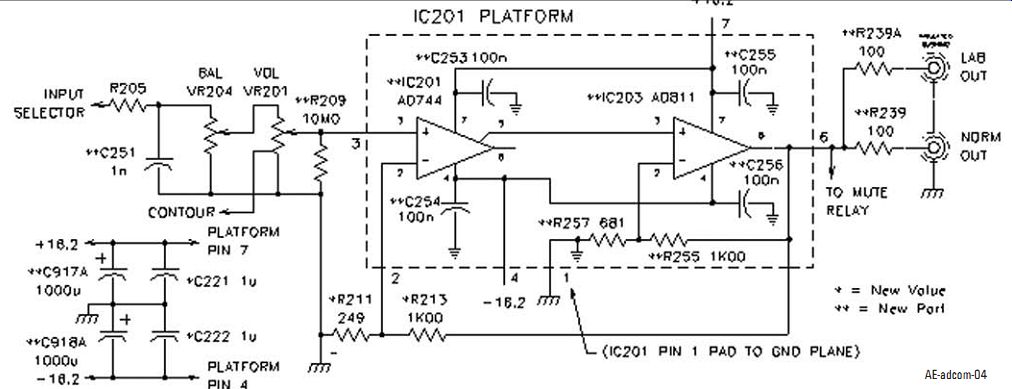
FIGURE 4: Line stage schematic.

FIGURE 3: Phono preamp schematic.
Because the delay relay has a 24V coil, there was no need for 31.2V DC. The original design used a 274-O series resistor to drop the coil voltage to 24V. I removed the resistor and dedicated Q905 and Q906 to a reduced ±10V DC, which saved some power dissipation in the relay coil. Gary increased the relay time delay, whereas I left it the same.
Photo 3 shows the front view of my new power sup ply. I placed adhesive-backed Mylar film across pairs of aluminum capacitors to provide them some additional mechanical ruggedness. The new transformer is on the left side. Note the TO-220 heat sinks mounted on the linear regulators. These are needed because of the higher current drawn by the AD744/AD811 composite line stages.
I installed the new Hex Fred diodes in the old snubber cap holes, and the new snubber resistor/cap combi nations in the old rectifier bridge holes (Photo 4). Two of the TO-220 diode mounting tabs were facing each other, so I placed adhesive backed Nomex on the tabs to keep them from shorting together.
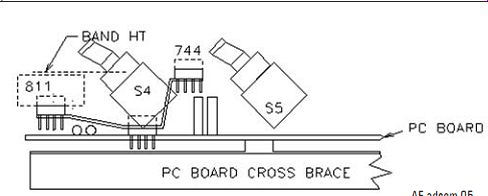
FIGURE 5: Line stage IC socket assembly.
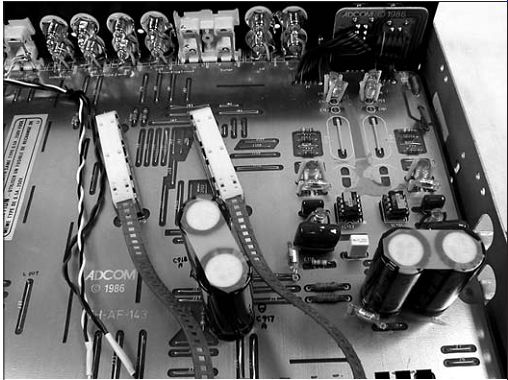
PHOTO 5: GFP-555 mod phono stage.
PHONO STAGE
The phono stage in Fig. 3 is the one designed around the AD845 op amp by Walt Jung in Analog Devices' "Op Amp Applications,"7 pp. 6-18. Walt also kindly provided me with two AD845KN op amps because the DIP package is no longer available (Rochester Electronics may have some NOS parts in stock). I replaced the two 1000µF Jamicon filter caps with Nichicon KZ, shown on the right in Photo 5.
I removed 55pF caps C101 and C1023 from the PC board and reduced the capacitor values on the cartridge capacitive load switch to 55pF and 120pF. This allowed me the choice of no capacitor, or one of the latter two values.
The MM/MC gain switch remained as it was.

FIGURE 6: RIAA response error.
LINE STAGE
The line stage (Fig. 4) consists of the AD744/AD811 composite pair that Gary used, which is itself based on an other Walt Jung design that goes back to 19928-10. I isolated the LAB and NORM outputs from each other with 100-O resistors. I also drilled holes in the PC board to add two more 1000µF Nichicon KZ power supply filter caps for the line stages (C917A and C918A). These are shown in the center of Photo 5.
The line stage presented a real pack aging problem. Because the GFP-555 did not use composite op amp stages, there was much less real estate available for the 744/811 combination. The plastic indexing control band for the Recording switch ran right over the top of the exiting 5E op amps (Photo 6). I needed to build a "flying bridge" plug-in module for the AD744/AD811 composite line amp by epoxying two 8-pin DIP sockets and an 8-pin DIP platform to a ?? wide copper strip. I bent the strip upward at each end to allow the 744/811 assemblies to clear selector switches S4 and S5, and the exiting PC board components surrounding the original "5E" ICs. I grounded the copper strip via unused platform pin 1 so it formed a ground plane under the 744 and 811.
The clip-on heatsinks over the AD811s are shown on the right side in the photo. All the sockets and platforms are Garry Engineering machined low-profile gold-plated types we used in RF and switching circuit brass-boards at work.
A rear view drawing of the plug-in modules and their close clearances is shown in Fig. 5. In his newer designs11, Walt has recommended using the AD845 in place of the AD744, but my construction was a bit too far along for that improvement because the wiring between the AD744 and AD811 was now firmly anchored in epoxy.

FIGURE 6: RIAA response error.
The tone controls, lo and hi filters, and the contour circuitry all remain the same as in the original unit, and I do not show them in this article. Of course, much progress has been made in IC technology and cost since the original design, although the AD744 and AD845 op amps are both listed in my 1988 ADI catalog.
LISTENING AUDITION
Gary Galo suggested that I also try the OPA627AP in the phono stage, be cause it has slightly lower noise specifications than the AD845 and is readily available in the DIP package, making it easier for readers to install. However, one of the weaknesses of the one-box design is the power supply noise induced by having the phono stage inside the same enclosure as the power sup ply, especially the power transformer.
At full volume, the hiss and low-level hum were quite noticeable. Once I started the first LP and dialed down the volume to a comfortable listening level, the modified preamp proved quieter than the original by a fair margin.
I could not really discern any difference in the noise level between the two candidate phono stage op amps, but I did prefer the sound of the AD845 just a bit.
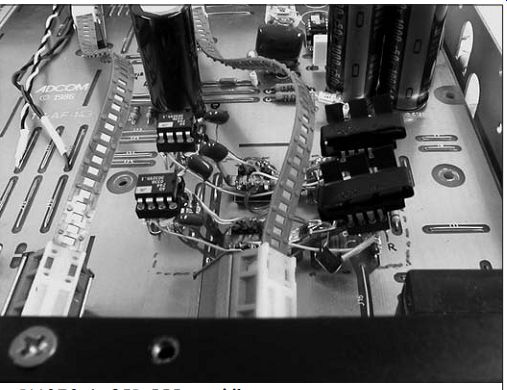
PHOTO 6: GFP-555 mod line stage.
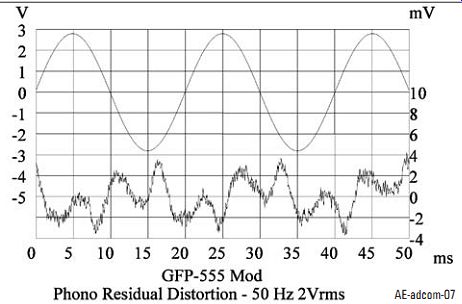
FIGURE 7: Phono preamp 50Hz residual.

FIGURE 8: Phono preamp spectrum of 50Hz sine wave.
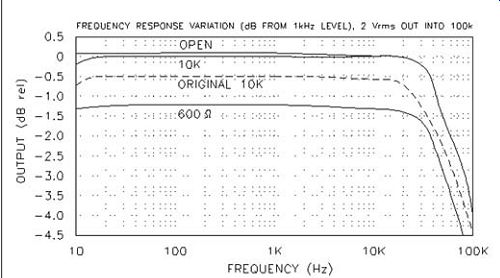
FIGURE 9: Line stage frequency response.
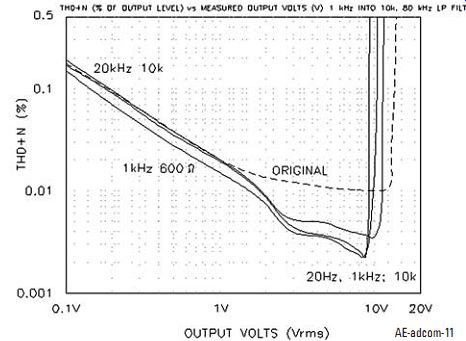
FIGURE 11: Line stage THD+N vs. output voltage.

FIGURE 10: Line stage THD + N vs. frequency.
The original GFP-555 phono section was a touch tubby in the bass and had a higher hiss level than the modified unit. The line inputs tended toward a more muted high frequency response that be came strident when I used the tone controls to compensate. With both CD and LP sources, the modified unit is much easier to listen to than the original. The midrange especially is more detailed and open, with better imaging and a wider and deeper soundstage. It has also made listening to classical music on my FM tuner more enjoyable.
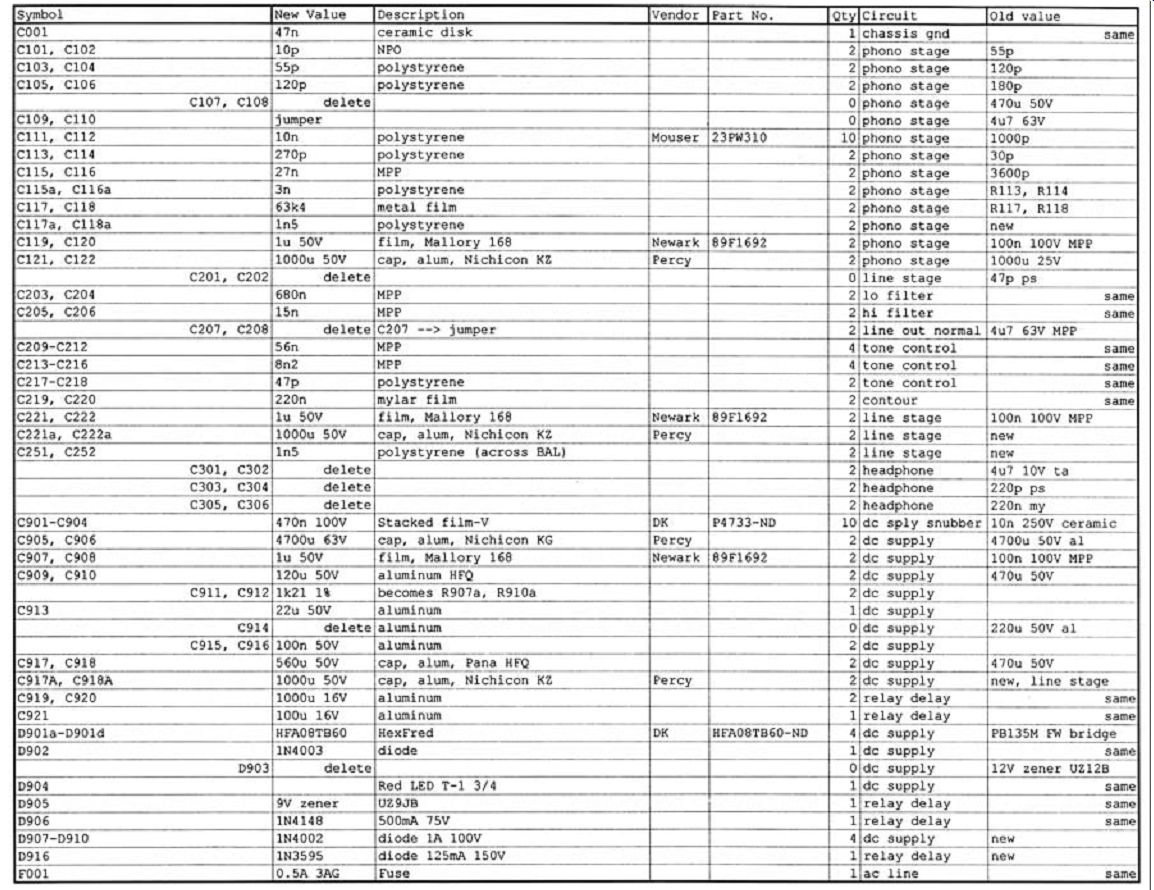
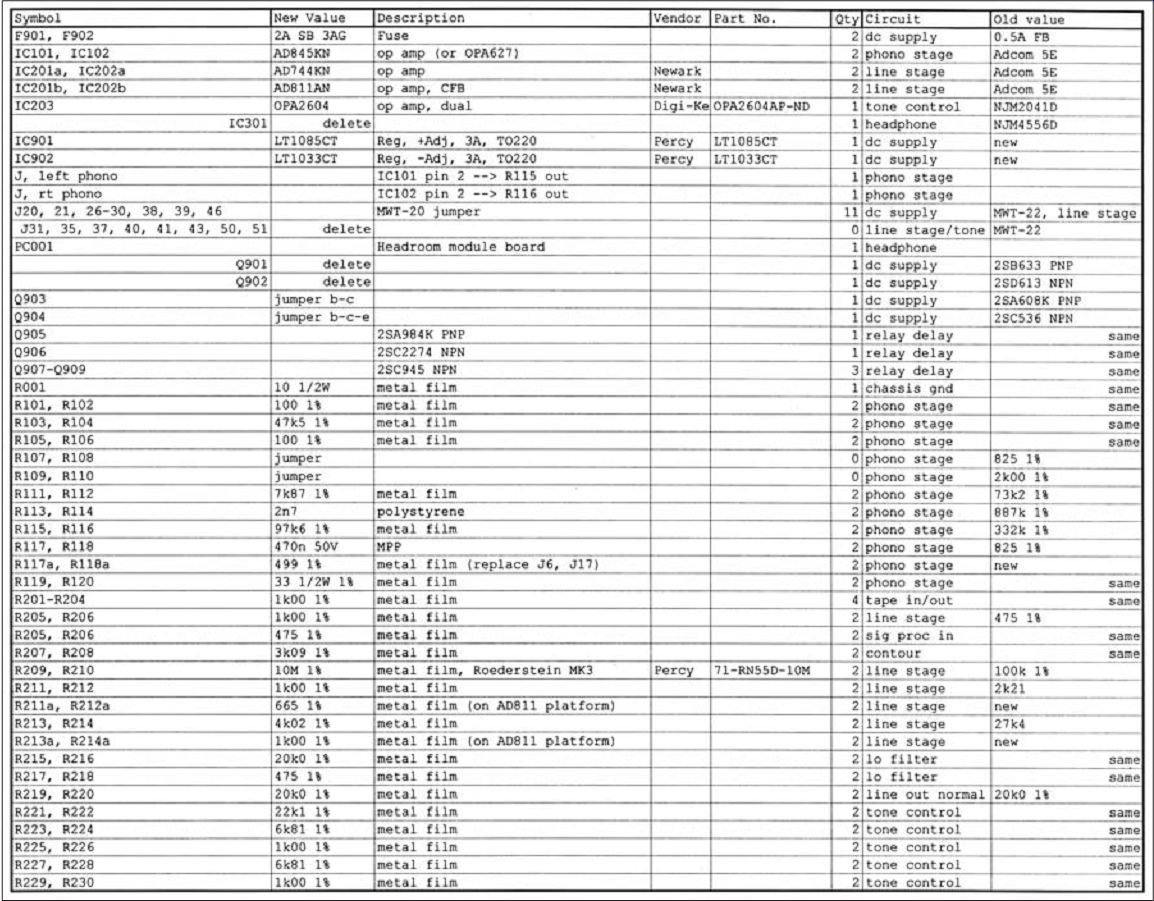
TABLE 1: PARTS LIST.

FIGURE 12: Line stage 1kHz residual.
MEASUREMENTS
Once my listening sessions were over, I swapped the AD845 for the OPA627 and ran the whole preamp on a ±24V DC lab supply that was located across the room. Even with the power sup ply connected to the raw DC rails via three alligator clips and long lead wires, I could measure a slightly lower noise floor with the OPA627, so you might want to consider it for a two-box de sign like Gary's.
Phono stage hum and noise (with the AD845 op amps back in the sockets and the inputs terminated with 1.33k) measured -71dB. Switching in the A weighting filter reduced this to -82dB. Crosstalk measured -76dB L-R and -78dB R-L, phono in to tape out.
Figure 6 shows the RIAA equalization error that I measured using an inverse-RIAA network, with the equivalent of 10mV input at 1kHz and a 10k load at the Tape 1 output.
The original response has a +0.4dB peak at 25Hz, while the modified unit follows the IEC 9/76 modification and has 0.2dB lower gain at 1kHz.
Figure 7 shows the residual distortion for the phono preamp in response to a 50Hz sine wave. The fundamental sine wave is at the top, while the residual distortion after the test set notch filter is at the bottom (not to scale). The residual is predominantly third harmonic with noise riding on it.
You can get a sense of the phono stage hum pickup from the power transformer in Fig. 8, the spectrum of response to the same 50Hz sine wave. The THD+N measures 0.043%, while the THD calculated from the 50Hz harmonics alone is just 0.0039%. These first five harmonics are all below -93dB.
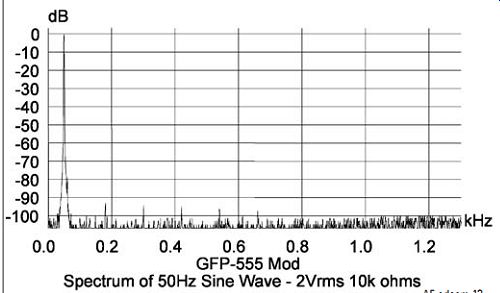
FIGURE 13: Line stage spectrum of 50Hz sine wave.
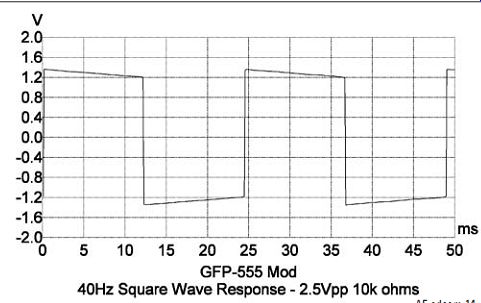
FIGURE 14: Line stage 40Hz square wave response.
However, the 60Hz AC line induces a -78dB component into the spectrum followed by a decreasing series of odd harmonics of 60Hz.
The two-box approach would doubtlessly eliminate this problem. I was pleased to see that the even harmonics, which occur due to rectification of the AC line, were noticeably absent with the new transformer, rectifier/snubbers, and regulators.
The line stage output impedance was 97-O over the entire audio band. The Tape 1 and Tape 2 line output impedances were 1k due to the series discrete resistors of that value. Hum and noise measured -80dB, improving to -88dB after engaging the A-weighting filter. Output DC offset measured about +1.5mV in both channels. Crosstalk at 10kHz was -61dB R-L and -65dB L-R, line in to tape out. Unity gain occurred with a volume control setting of 2 o'clock, and the worst-case volume control tracking error was 0.4dB.
Figure 9 shows the line stage frequency response at 2V output into an open circuit (top) and also for loads of 10k and 600-O. The response of the original preamp with the 5E op amps is also shown in a dashed line with a 10k load. There is a 0.5dB improvement in output and a flatter HF response with the lower impedance composite line stage.
My Tone Output (not shown) is almost identical in response to the original.
The line stage THD+N versus frequency is shown in Fig. 10 for both line and phono in puts. The dips in the otherwise flat response at 60, 120, and 1 8 0Hz are where the distortion test set notches out the AC line hum pickup within the preamp circuitry. The THD+N versus output voltage is shown in Fig. 11, where once again the measurements for the original unit are shown as a dashed line in both figures. The greater final output voltage for the original unit is a result of the higher power sup ply rails (±21.5V versus ±16.2V).
Figure 12 shows the line stage residual distortion at 1kHz. The residual after the notch filter (not to scale) is mainly low-level noise. The spectrum of a 50Hz sine wave in Fig. 13 shows a similarly low level of hum and noise, with the 180Hz component at -93dB. The THD+N measures 0.0086% with a calculated THD based on the 50Hz harmonics of only 0.0017%, all the harmonics being below -98dB.
The response to a 40Hz square wave in Fig. 14 shows very little tilt in this direct-coupled design. The response to the 1kHz square wave in Fig. 15 is just about perfect, as is the 10kHz square wave (not shown).
Finally, the modified preamp response to an equal-value 19kHz + 20kHz CCIF intermodulation test signal (Fig. 16) shows the 1kHz, 18kHz, and 19kHz IMD products to be less than -100dB (0.001%).
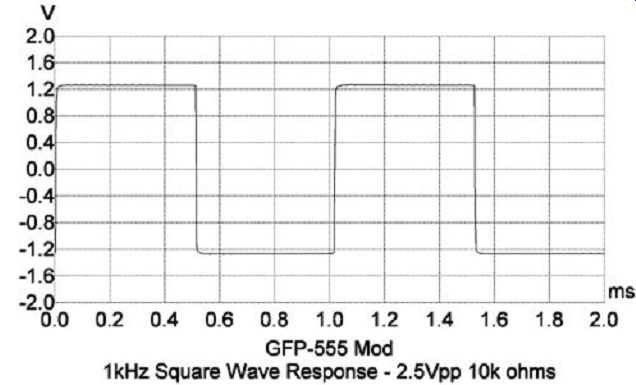
FIGURE 15: Line stage 1kHz square wave response.

FIGURE 16: Line stage CCIF IMD.
REFERENCES
1. "Adcom's GFP-565 Preamplifier, Part 1," Gary Galo, Nov. '03 audioXpress , p. 6.
2. "Adcom's GFP-565 Preamplifier, Part 2," Gary Galo, Dec. '03 audioXpress , p. 42.
3. "Adcom's GFP-565 Preamp Mods, Part 3," Gary Galo, Jan. '04 audioXpress , p. 40.
4. Letter, "Preamp Series," Mar. '04 audioXpress , p. 66.
5. "GFP-565 Preamp Follow-Up Mod," Gary Galo, Dec. '04 audioXpress , p. 26.
6. "RIAA Preamplifier With Head Room Module," Hansen, C., 6/97 Audio Electronics, pp. 8-21.
7. Book Review, Op Amp Applications, Hansen, C., Apr. '04 audioXpress , pp. 58-61.
8. " A High Performance Audio Composite Line Dr i v e r Stage , " Walt Jung, Analog Devices AMPLIFIER APPLICATIONS GUIDE 1992 pp. V-18 to V-22.
9. "POOGE 5: Rite of Passage for the DAC960," Parts 1 and 2, Gary Galo and Walt Jung, TAA 2/92, p. 10; TAA 3/92 p. 34; "Errata," TAA 1/93 p. 40; Letter TAA 4/93 p. 45; "POOGE 5.5: More DAC960 Modifications , " TAA 1/94 p. 22; Quest ion, TAA 1/94 p. 47; Correction, TAA 2/94 p. 38.
10. "Current Boosted Line Driver," Analog Devices SYSTEMS APPLICATION GUIDE 1993 pp. 8-79 to 8-82.
11. "Current Boosted Buffered Line Drivers," Op Amp Applications Handbook, pp. 476-479. The entire seminar edition is on line for a free download at www.analog.com.
You can download an errata document for the Newnes editions of OPAMP APPLICATIONS HANDBOOK from Walt Jung's website at www.waltjung.org.
Click on the ADI Books & Articles button.
SUPPLIERS:
Digi-Key Corp. 701 Brooks Ave. South Thief River Falls, MN 56701-0677 1-800-344-4539 www.digikey.com
MCM Electronics 650 Congress Park Dr. Centerville, OH 45459 1-800-543-4330 www.mcmelectronics.com
Michael Percy Audio Products PO Box 526, 170 Highland Inverness, CA 94937 1-415-669-7181
Mouser Electronics 958 N. Main Mansfield, TX 76063-4827 1-800-346-6873 www.mouser.com
Newark Electronics 4801 N. Ravenswood Ave Chicago, IL 60640-4496 1-800-463-9275 www.newark.com
Also see: An Audiophile-Grade Tube Preamp